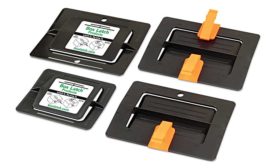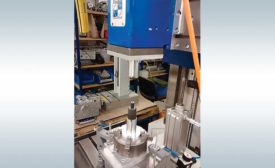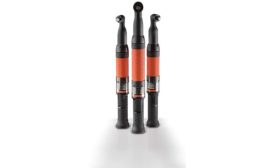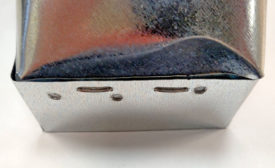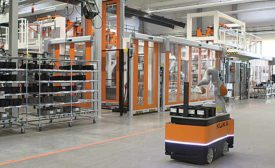Industries
Flexible Assembly Machine Combines Multiple Plastics Joining Processes
What if one machine could be configured to perform any friction-based welding process with a simple change of tooling?
September 12, 2017
Industrial Fastening – Metal Stitching
Metal stitchers can join a wide range of materials including aluminum, copper, brass, plastics, cold rolled steel, hot rolled steel, fabrics, leather, rubber, and galvanized steel.
September 1, 2017
Robots Get Mobile
New technology enables robots to roam about the factory floor.
September 1, 2017
What’s New With RFID
RFID technology has become critical for assembling cars, appliances and other high-value, high-mix products.
August 7, 2017
Never miss the latest news and trends driving the manufacturing industry
Stay in the know on the latest assembly trends.
JOIN TODAY!Copyright ©2024. All Rights Reserved BNP Media.
Design, CMS, Hosting & Web Development :: ePublishing


